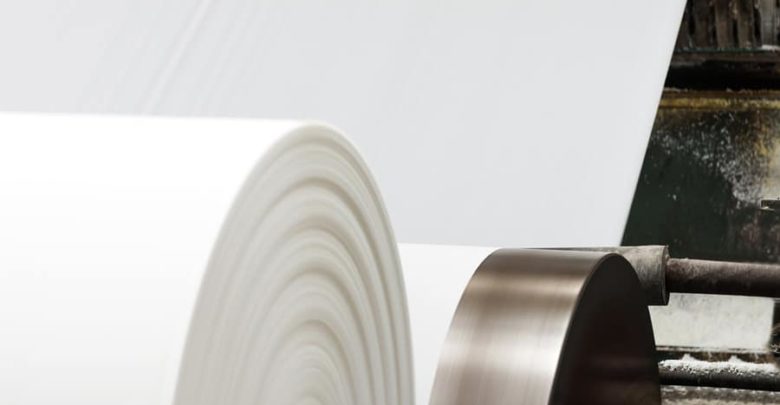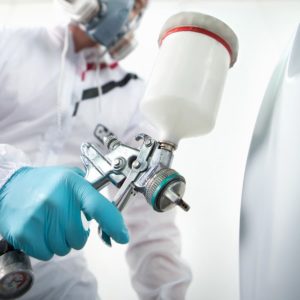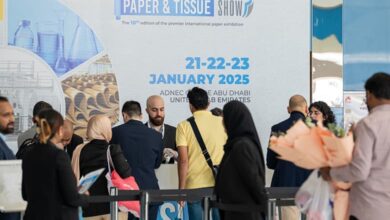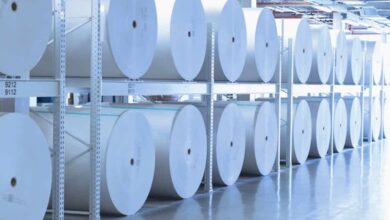
Some say(mostly producers of Antimicrobial paper and board) that the risk of contracting infection from paper and packaging is an everyday reality. Microorganisms will utilize any surface to transfer from one host to another, and surfaces with high person-to-person use have been identified as a major contributor to infections. Although WHO says the risk of contraction virus from paper is low, but for the sake of the augment let say it is quite possible to get infected by the virus using paper.
There are a number of companies who are offering antimicrobial paper, chief among them Biomaster. The company offers special additive that according to the company provide long-lasting and effective product protection against harmful bacteria, biofilm, fungi and mold for the lifetime of the end product without affecting its structural and physical qualities.
The special coating works by deactivating 99.99% of bacteria, viruses and fungi and this protection lasts for the entire lifetime of the print.

Antibacterial printing has many uses including medical and hospital documents, pharmaceutical printing, non-food packaging, menus, stationery, school books and for applications such as airline and cruise ship documents, which are likely to be handled by hundreds of people.
Biomaster says its special coating can easily be added either during the manufacture of any uncoated paper, or by size press treatment to any coated paper or board (including xerographic paper, file folders, packaging and carbonless paper) to provide effective and lasting antimicrobial paper protection. Some studies show that bacteria such as MRSA can survive on paper for up to 38 weeks.
Also Biomaster has been implemented into the outer layer of a range of cling film, baking foil and parchment paper dispensers constructed from cardboard to help reduce the risk of foodborne pathogens being spread as you prepare food.
The application has become so successful that leading supermarket chain Asda now stock the Biomaster protected dispensers for their own-brand product lines.
So how does it work?
Biomaster can be added at any stage of the manufacturing process and is available in masterbatch, liquid or powder formulations for plastics, textiles, paper and coatings.
When bacteria come into contact with a Biomaster protected surface, the active antimicrobial agent prevents them from growing, producing energy or replicating, inhibiting any further growth.
The controlled release of the active ingredient provides powerful, effective antimicrobial protection for the lifetime of the product.
The Biomaster coating has yet to be tested against Covid 19 but it has been previously tested against the same Coronaviridae family of viruses which cause a broad spectrum of animal and human disease. Biomaster is currently used in some products such as PaperGrad.
What about antimicrobial packaging?
Effective antimicrobial (AM) packaging strategies can significantly extend the shelf life of food allowing efficiency in the food supply chain and enhancing the sustainability of food production. Shelf life extending technologies have the greatest impact for high-value, high-end foods such as meat products since their production is resource intensive. AM food packaging, enabled by recent developments in nanotechnology, is a promising concept for addressing some of the key issues of sustainable food packaging. Companies are developing new active packaging materials to enhance safety in food, healthcare and personal-care markets. The main ingredient for these type of packaging is silver nanoparticles and bacterial cellulose. There are other methods such as bio plastics to extend the shelf life of packaged food and Packaging film coated with clay nanotubes to prevent microbial growth.
Covid 19 has disrupted our normal way of life so we better start getting used to isolated new world.

.gif)




68 Comments